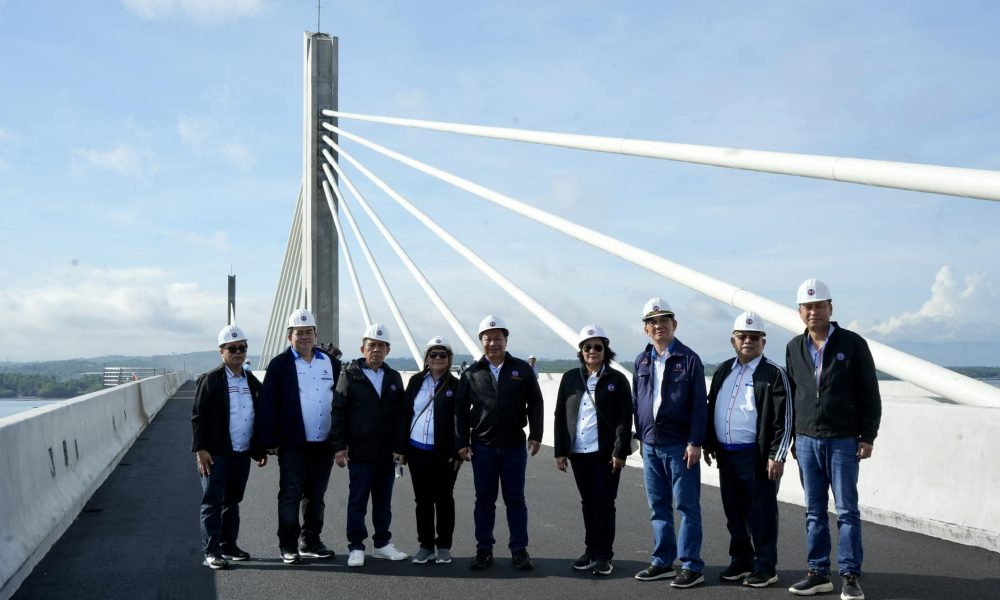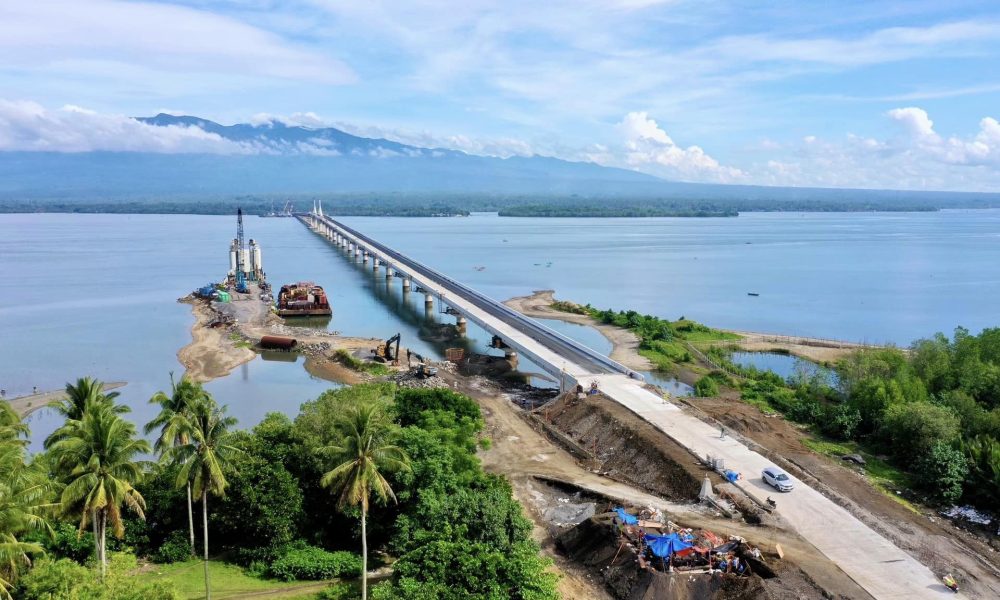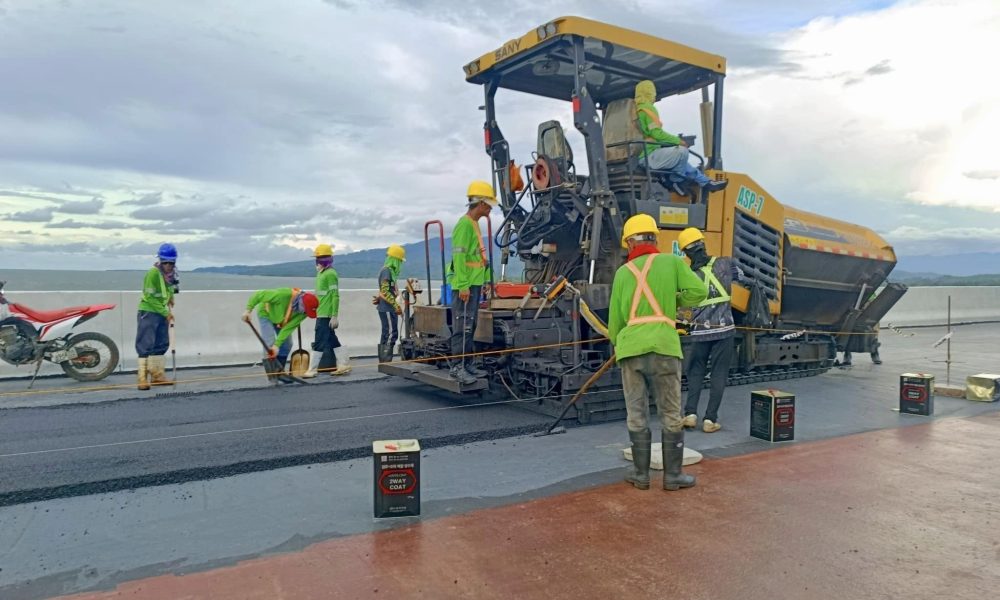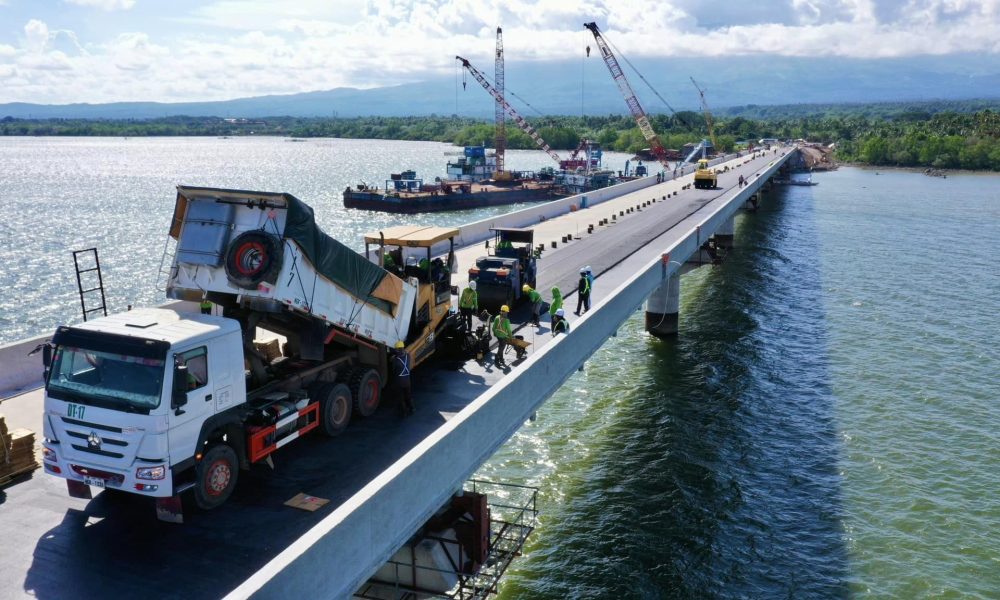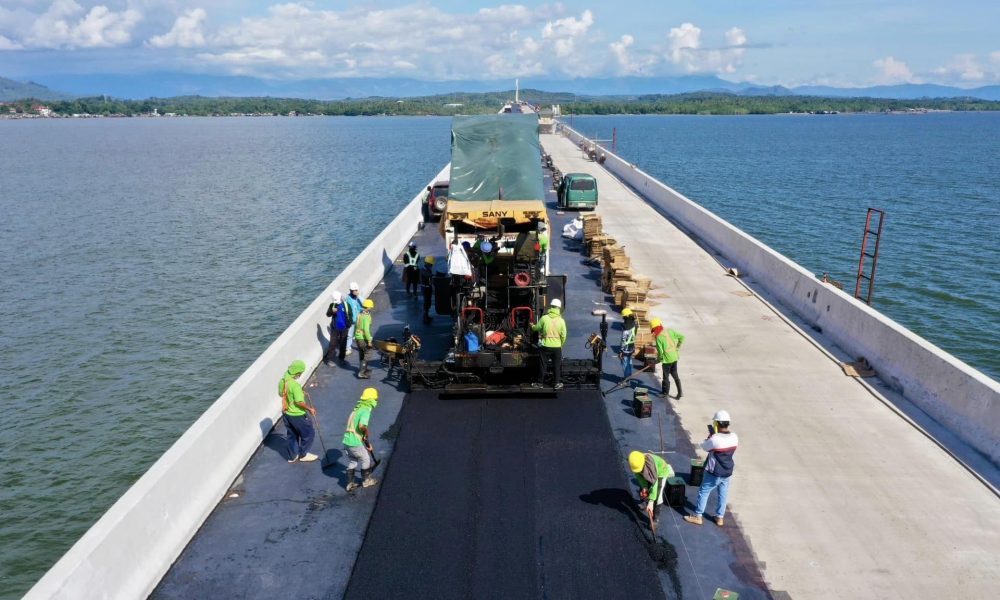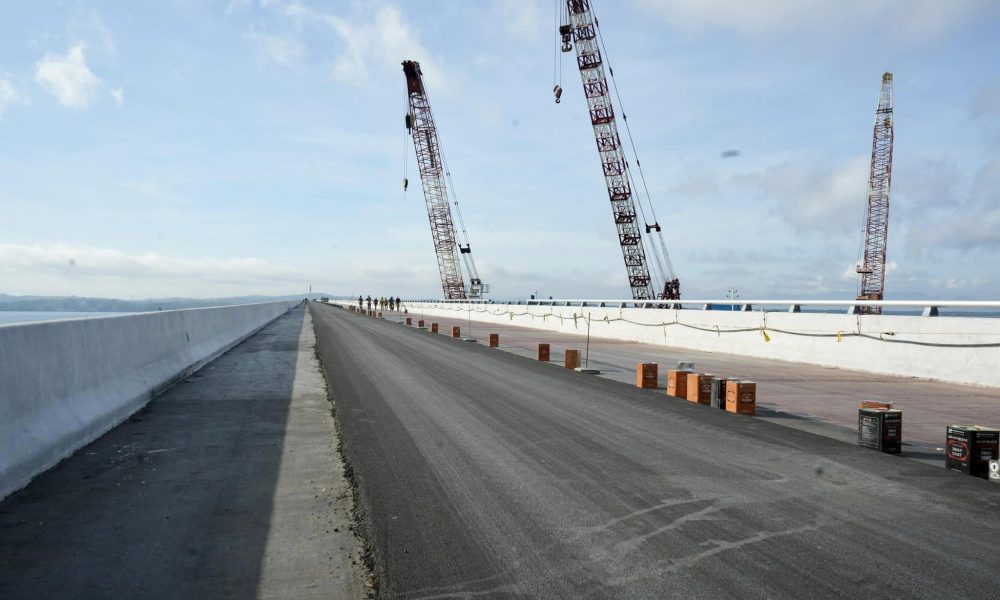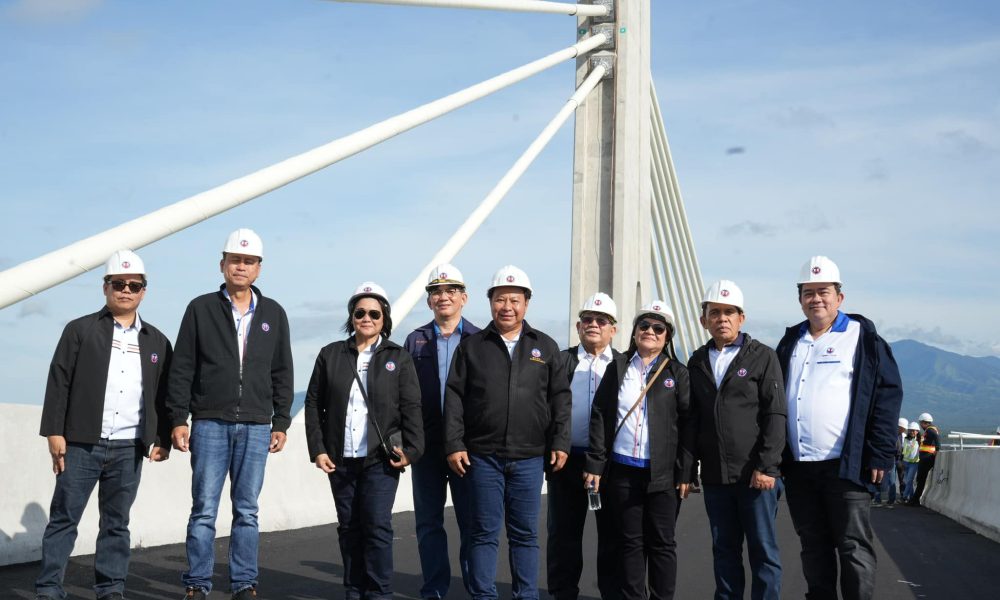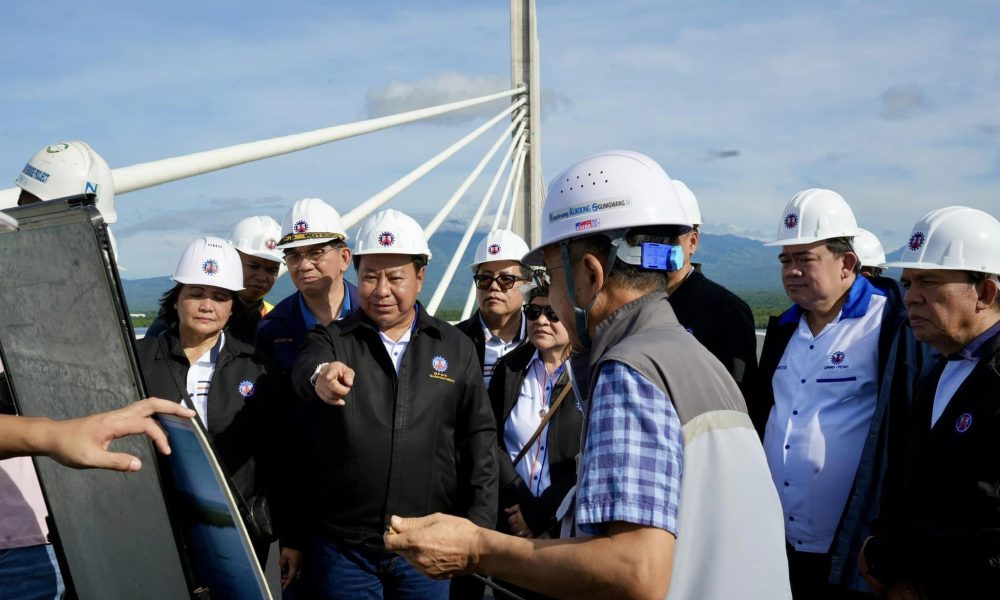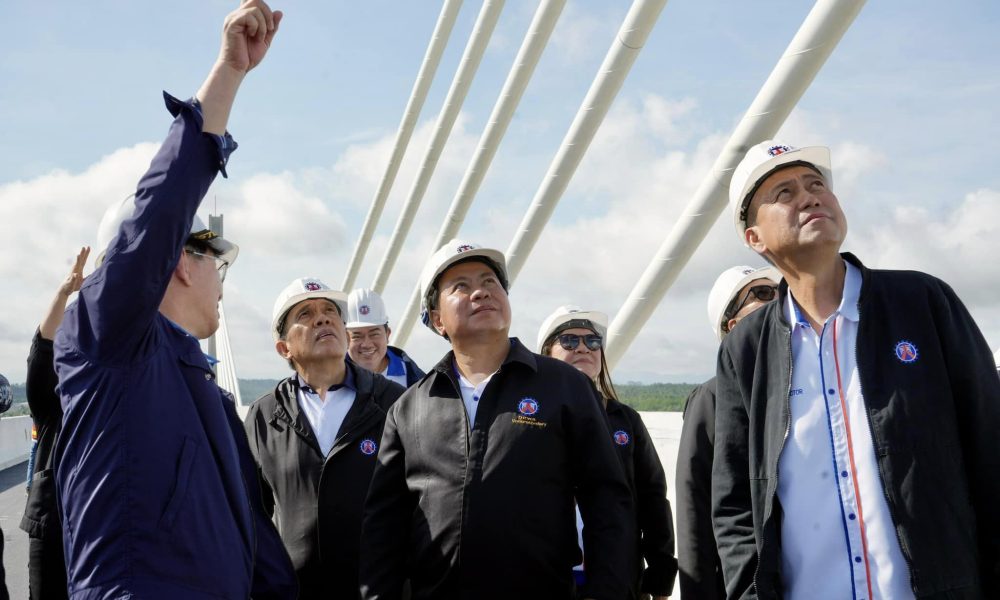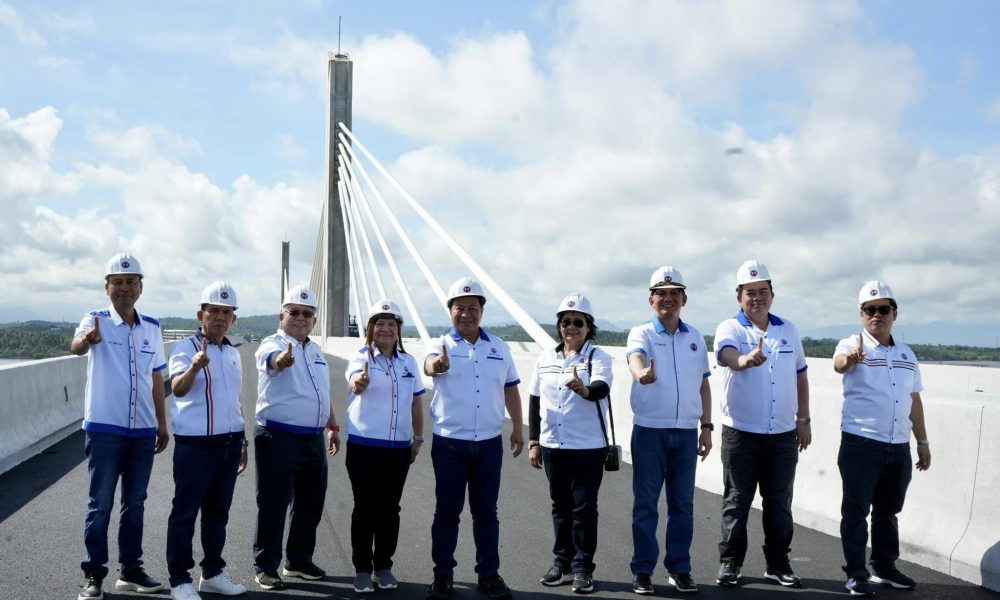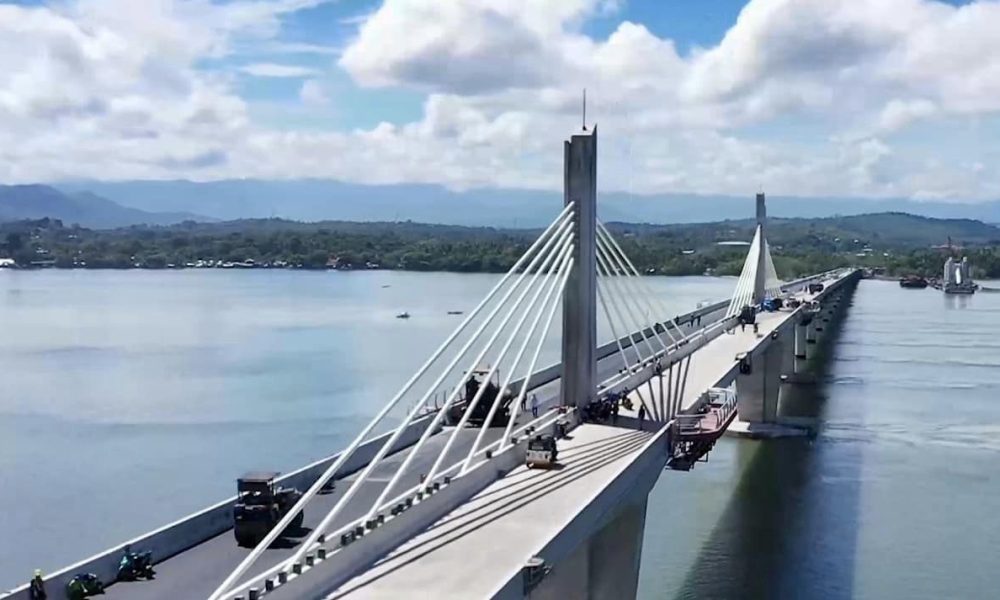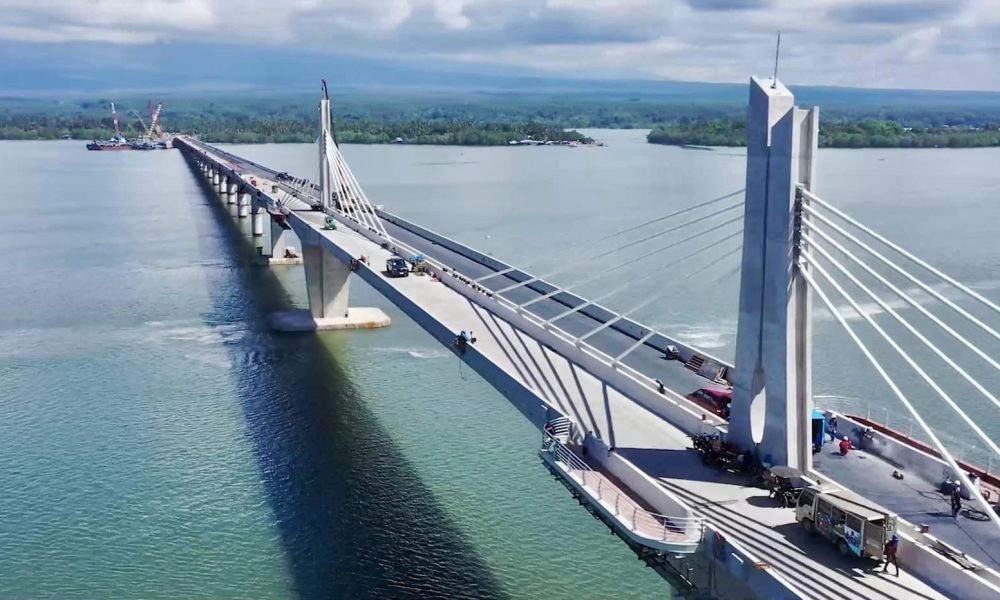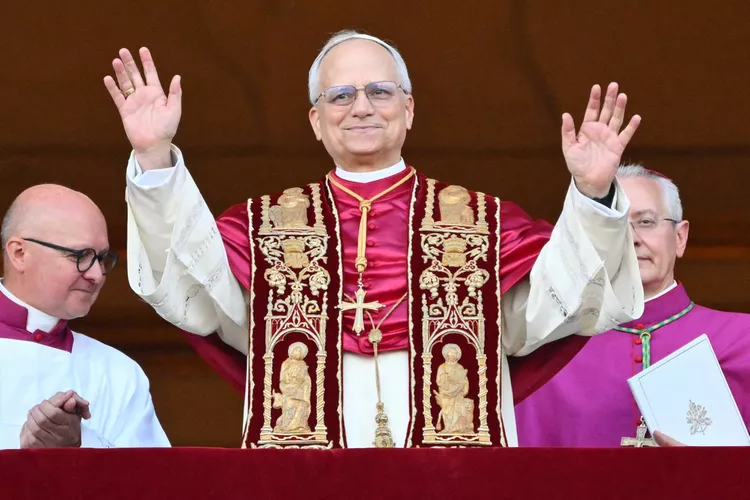As the Panguil Bay Bridge Project approaches its completion, Department of Public Works and Highways (DPWH) Senior Undersecretary Emil K. Sadain, along with key officials from the Unified Project Management Office (UPMO) Operations, conducted an on-site inspection on August 23, 2024, to ensure Mindanao’s longest bridge completion is on track for the target September inauguration.
The 3.17-kilometer bridge, which will connect Tangub City in Misamis Occidental and Tubod in Lanao del Norte, is a landmark infrastructure project set to significantly reduce travel time between these two (2) provinces in Northern Mindanao.
The current two-and-a-half-hour journey, which relies on roll-on/roll-off vessels, will be cut down to just seven (7) minutes by land once the bridge is operational.
In his report to Secretary Manuel M. Bonoan, Senior Undersecretary Sadain said that the detailed engineering design and civil works is more than 97.5 percent completed to date.
Panguil Bay Bridge project includes the following major components: a 360-meter approach road leading to a 1,020-meter approach bridge at Tangub City side; a 569-meter approach road connects to a 900-meter approach bridge on the Tubod side; and a Main Bridge with central span that stretches 320 meters, supported by two (2) pylons, each anchored by six (6) cable stays. Additionally, two (2) observatory bays are positioned on both the Tangub and Tubod sides of the pylons for facilitating regular maintenance and ensuring the structural integrity of the bridge.
During the inspection, Senior Undersecretary Sadain, along with UPMO Project Directors Teresita V. Bauzon, Soledad R. Florencio, Ramon A. Arriola III, Benjamin A. Bautista and Rodrigo I. Delos Reyes conducted a detailed assessment of key bridge elements, including the deck slab, approach roads, barrier and median strip concrete, metal guardrail, and ancillary structures.
Also present at the inspection are past UPMO Project Directors namely Sharif Madsmo H. Hasim and Virgilio C. Castillo, Stakeholders Relations Service Director Randy R. Del Rosario; Project Managers Shirley O. Castro, Evangeline L. Carabal, and Norman I. Puy; and Engineers Abdul Khalid C. Lumangcolob, Oliver Hernandez and Ken John B. Barcelona.
The team closely monitored the progress of crucial finishing activities, with a focus on the application of waterproofing and asphalt paving, expansion joint works, the implementation of aesthetic and electrical lighting systems, line markings and the installation of road signage.
In addition to reviewing the physical aspects of the project, the team engaged with the design and build contractor Namkwang Engineering & Construction Corporation along with the project consultant Yooshin Engineering Corporation to discuss the final phases of activities for the upcoming inauguration of the project and any necessary last-minute adjustments to ensure the bridge’s timely completion.
The Panguil Bay Bridge is anticipated to be a transformative project for local transportation and economic activities, said Senior Undersecretary Sadain during the inspection.
Upon completion, it is expected to spur development and improve the quality of life for residents in both provinces.
With the inauguration set for September, the DPWH is working tirelessly to ensure that the project is ready for public use.
The opening of the bridge will mark a significant milestone in the government’s Build Better More infrastructure program, aimed at enhancing connectivity and driving economic growth under Bagong Pilipinas.
The project implemented by DPWH UPMO Roads Management Cluster II (Multilateral), with a total cost of ₱7.375 billion, is financed through a loan agreement between the Government of the Philippines and the Republic of Korea, facilitated by the Korea Export-Import Bank under the Economic Development Cooperation Fund (EDCF) Loan Agreement No. PHL-18.
Source: DPWH Official Facebook page
Photo Credit: DPWH
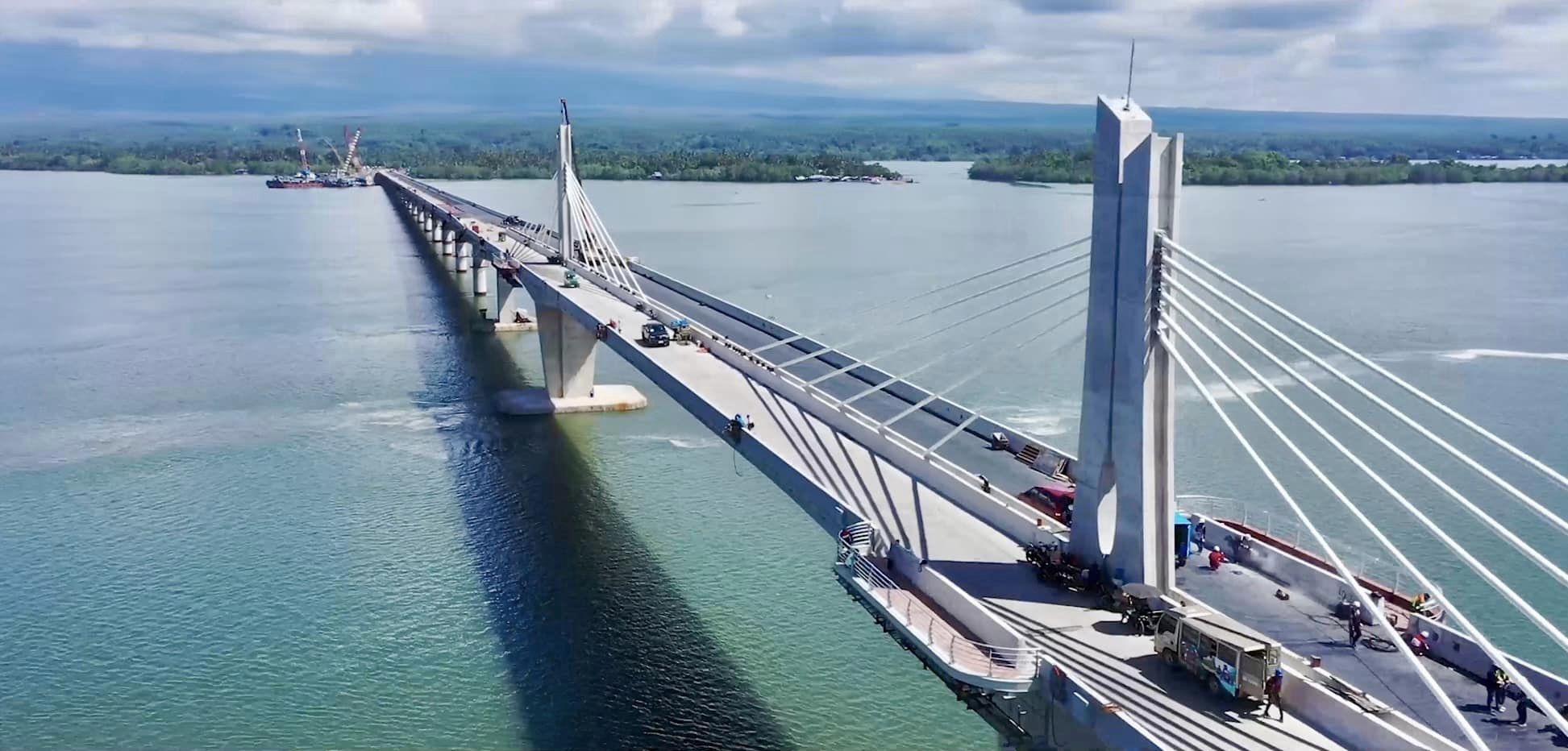

 Business10 months ago
Business10 months ago
 Dipolog1 year ago
Dipolog1 year ago
 Dipolog1 year ago
Dipolog1 year ago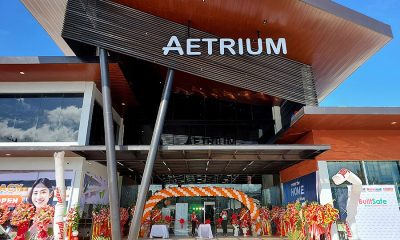
 Business1 year ago
Business1 year ago
 Business10 months ago
Business10 months ago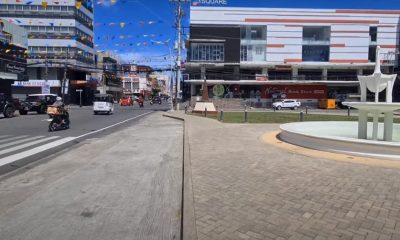
 Dipolog1 year ago
Dipolog1 year ago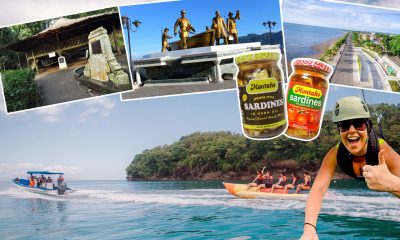
 Dipolog1 year ago
Dipolog1 year ago
 Dipolog1 year ago
Dipolog1 year ago

